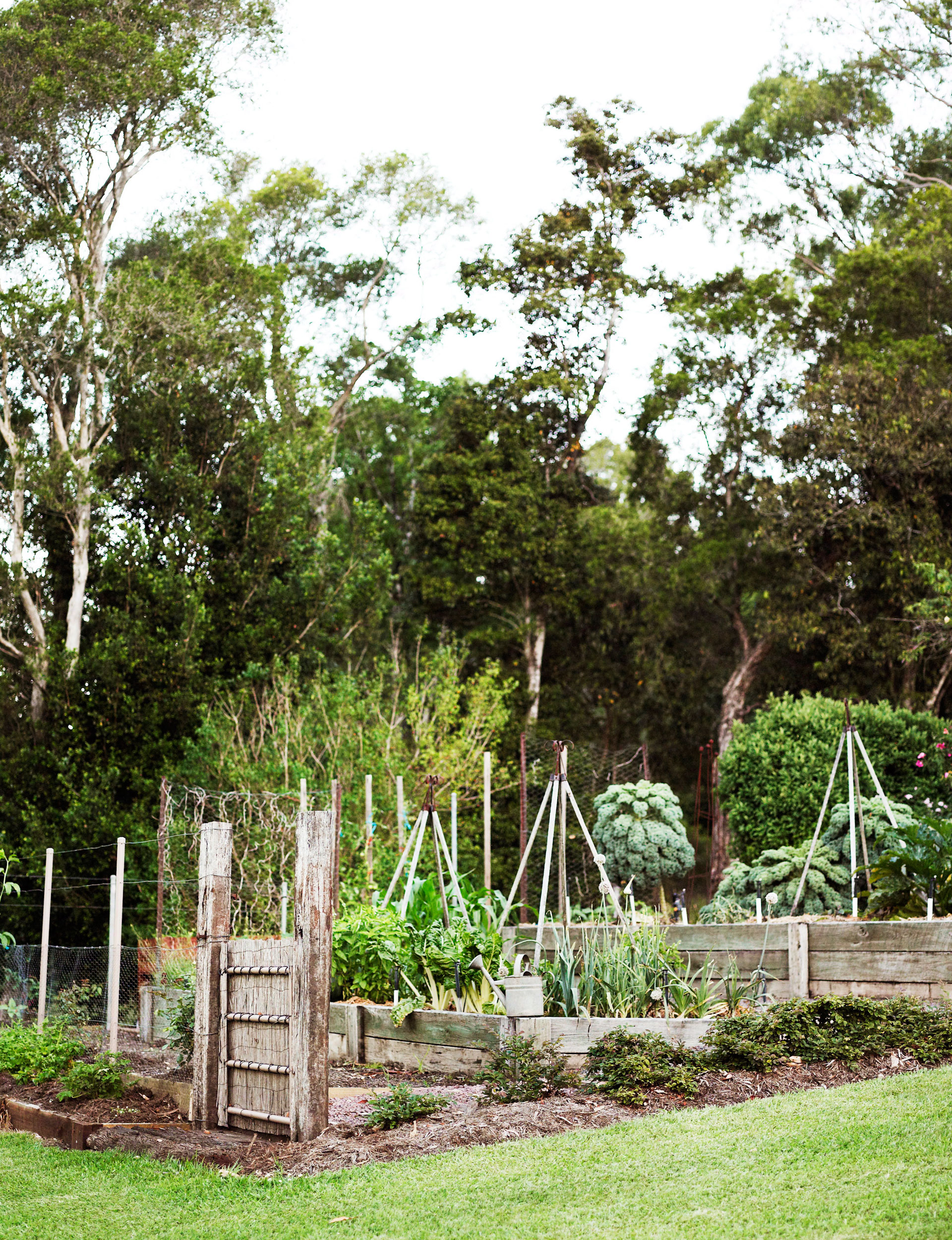Spring is in the air and now is a great time to get busy in the garden for a bumper summer crop. Here are our top tips on what vegetables to harvest, plant and sow in your garden this September
The best vegetables to plant
+ If the soil is well-drained and warm at your place plant courgette seedlings in a sunny, sheltered position in the garden or in large tubs. There’s a huge range of different varieties with green, gold or mottled skins including ‘Blackjack’, a popular and prolific hybrid. Give plants plenty of space (60-70cm apart) and choose a mildew-resistant variety to reduce the chance of fungal disease. Spraying with a foliar fish extract will also keep these diseases at bay.
+ Cucumber seedlings can be planted directly into the garden in warmer areas but gardeners further south should protect seedlings with a cloche or similar until temperatures warm up. Cucumbers prefer rich, fertile soil so add plenty of compost and organic matter before planting. Soil also needs to be well drained (raised beds are a good option for these plants). Look out for varieties that are resistant to downy and powdery mildews, which are a common problem with cucumbers. Training plants over a structure (eg bamboo tepees, obelisks and trellis) will save space, reduce diseases and increase crops. Nip out the growth tip when plants reach the top of the support.
The best vegetables to harvest
+ Those in warmer areas may be lucky enough to be picking peas from the garden now. Make sure pods are plump but not veined when picking. Keep picking every few days to encourage more flowers and therefore more pods.
+ Likewise with broad beans, that versatile vege that’s so perfect for risottos, salads and stir-fries. Plants will keep producing more delicious pods if you pick them regularly. And, like peas, broad beans taste so much better if harvested when young. Slice up young pods whole, or leave them a little longer for shelling. When plants are at full height and have produced plenty of flowers cut the tops off and use these in stir-fries.
+ Globe artichokes will be ready to harvest in many gardens. Pick heads when roughly the size of a tennis ball. Steam or boil the heads in boiling water for about 30 minutes. Eat the flesh at the base of the bracts (leaves) and the heart (minus the spiny choke), dipped in butter and lemon, or garlic butter. Don’t leave artichokes too long as they’ll quickly turn tough, though some gardeners prefer to let them be, so they can form those amazing purple-blue flowers that bees, butterflies and florists adore.
+ Keep harvesting the young and tastiest leaves of spinach, kale, rocket and other leafy greens. This will also keep plants producing new leaves and stop them flowering.
+ When picking grapefruit, lemons, mandarins and other citrus, the fruit should be firm and heavy, and the skin bright and smooth.
The best vegetables to sow
+ Parsnips are best sown while soil is cool but only if you have plenty of space as these root veges take 18 weeks or so to mature. Avoid adding fresh manure just prior to sowing or you may get forked roots. There are many varieties to choose from; some suited to deep, well-cultivated soil and others better for pots or shallow soil. Thin out seedlings as you would swedes.
+ Keep sowing peas if you live in cooler areas but not if frosts are still likely. Easy to grow and great for the soil (they add nitrogen), peas prefer the cooler seasons, making them ideal for sowing in the winter garden when there’s often more space. Peas can cope with light or heavy soil as long as drainage is good. Sow into damp soil in furrows about 2.5cm deep and 3-5cm apart. Don’t water until shoots emerge, unless soil is quite dry. Soaking seed overnight makes germination faster. For climbing varieties you’ll need trellis or some other support. For dwarf peas use wire netting or twigs.
+ Sow tomato seed into punnets for planting out once seedlings have at least two pairs of leaves. Do the same with climbing beans, capsicum, cucumber and courgettes, either in punnets or in the ground if soil is not too cold.
+ Now is a good time to sow coriander as plants quickly turn to seed in warmer months. Full sun is best although coriander will cope with light shade. Direct sow into free-draining, reasonably fertile soil and cover with a thin layer of fine soil. In cooler areas sow in containers and keep inside for planting out in late spring.
Words by: Carol Bucknell.
EXPERT PROJECTS

Create the home of your dreams with Shop Your Home and Garden
SHOP NOW












